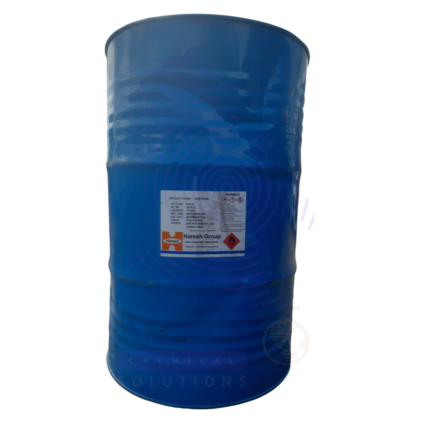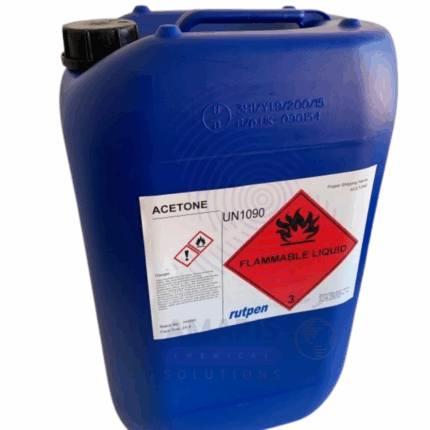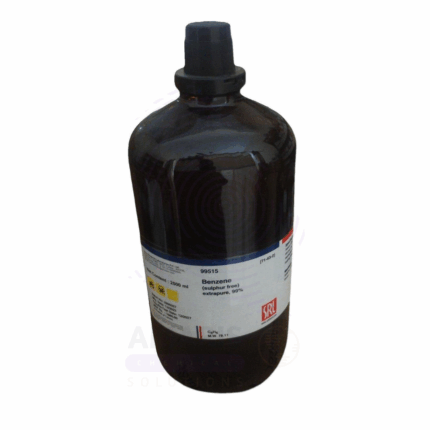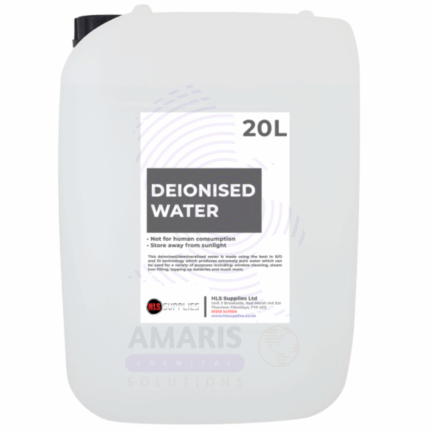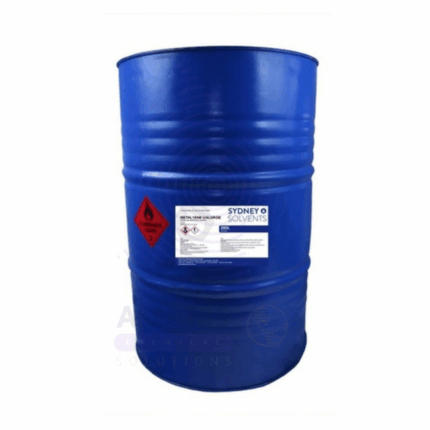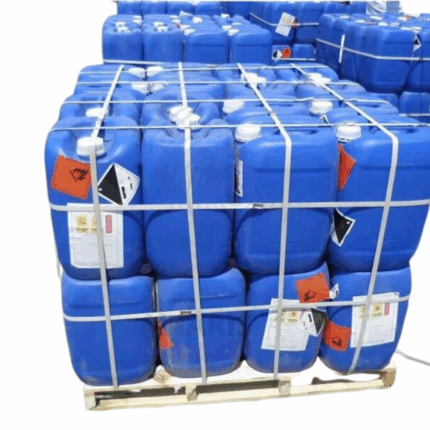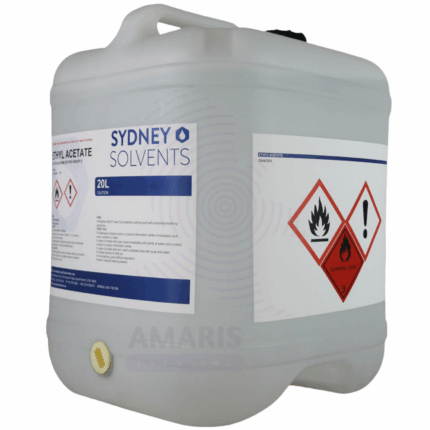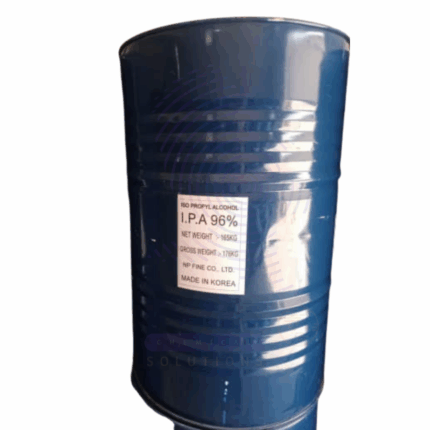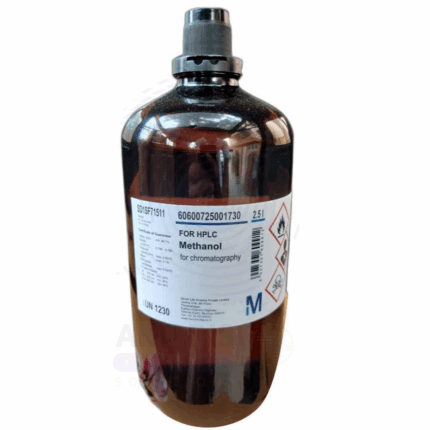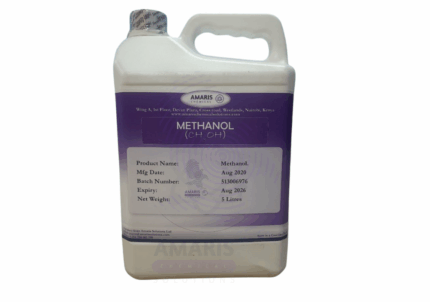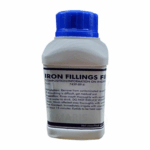
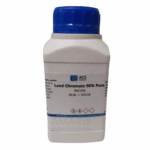
Isobutyl Alcohol Extra Pure
$ 18.90 Original price was: $ 18.90.$ 18.74Current price is: $ 18.74.
Isobutyl Alcohol Extra Pure is a high-purity, branched-chain aliphatic alcohol with the chemical formula C₄H₁₀O. It appears as a clear, colorless liquid with a characteristic odor and is highly soluble in organic solvents while only moderately soluble in water. This compound is commonly used in laboratories as a solvent for resins, oils, and other organic compounds, as well as in the synthesis of esters and plasticizers. Due to its volatility and purity, Isobutyl Alcohol is valuable in analytical procedures, chemical research, and as a standard in gas chromatography. Proper storage in tightly sealed containers away from heat and ignition sources is essential due to its flammability.
Isobutyl Alcohol Extra Pure
Primary Uses
- Solvent in Organic Synthesis:
Commonly used as a medium for reactions or for dissolving organic compounds, especially in esterification, extraction, and purification processes. - Intermediate in Ester Production:
Frequently used to produce isobutyl esters, such as isobutyl acetate, which are studied for their fragrance and solvent properties. - Chromatography Sample Preparation:
Employed in the preparation and dilution of samples for gas chromatography (GC) or thin-layer chromatography (TLC).
Secondary Uses
- Reagent in Biodiesel Research:
Studied as an alternative alcohol in transesterification reactions for biodiesel production experiments. - Boiling Point & Distillation Studies:
Used in physical chemistry labs to explore boiling point behavior, azeotropes, and distillation techniques. - Study of Alcohol Functional Group Behavior:
Ideal for experiments demonstrating hydroxyl group reactivity, especially in substitution and oxidation reactions in organic chemistry labs.
| PACK SIZE |
2.5 Litres Glass bottle |
|---|
1. Basic Identification Attributes
- Product Name: Isobutyl Alcohol
- Chemical Name: Isobutanol / 2-Methyl-1-propanol
- Grade: Extra Pure
- Chemical Formula: C₄H₁₀O
- Molecular Weight: 74.12 g/mol
- CAS Number: 78-83-1
- Appearance: Colorless liquid
- Odor: Mild, alcohol-like odor
2. Composition
- Purity: ≥99% (Extra Pure grade)
- Main Component: Isobutanol
- Impurities: Trace other butanol isomers (minimal in lab-grade purity)
3. Physical & Chemical Properties
- Boiling Point: ~108 °C
- Melting Point: -108 °C
- Flash Point: ~28 °C (closed cup)
- Density: 0.802 g/cm³ at 20 °C
- Solubility: Slightly soluble in water; miscible with most organic solvents
- Vapor Pressure: ~10 mmHg at 20 °C
- Flammability: Highly flammable liquid and vapor
4. Safety & Hazard Attributes
- GHS Classification:
⚠️ Flammable Liquid (Category 3), Eye Irritation (Category 2A), Specific Target Organ Toxicity – Single Exposure (Category 3, narcotic effects) - Hazard Statements:
- H226: Flammable liquid and vapor
- H319: Causes serious eye irritation
- H336: May cause drowsiness or dizziness
- PPE Requirements:
- Chemical-resistant gloves
- Safety goggles or face shield
- Lab coat
- Work in a fume hood
- First Aid Measures:
- Inhalation: Move to fresh air; seek medical attention if symptoms persist
- Skin Contact: Wash thoroughly with soap and water
- Eye Contact: Rinse cautiously with water for several minutes; consult a doctor
- Ingestion: Do NOT induce vomiting; rinse mouth and seek medical help
- Fire Hazards:
- Use CO₂, dry chemical, or alcohol-resistant foam
- Vapors may form explosive mixtures with air
5. Storage & Handling Attributes
- Storage Conditions:
- Store in tightly sealed containers
- Keep in a cool, well-ventilated area away from heat, sparks, or open flames
- Use explosion-proof equipment
- Handling Tips:
- Avoid breathing vapors
- Keep container closed when not in use
- Prevent static discharge during transfer
6. Laboratory Applications
- Primary Uses:
- Solvent in organic synthesis and reactions
- Recrystallization of compounds
- Intermediate in esterification and flavor synthesis
- Study of alcohol oxidation mechanisms
- Standard in gas chromatography calibration
- Secondary Uses:
- Preparation of isobutyl esters for fragrance or solvent testing
- pH-sensitive extraction experiments
- Cleaning agent for delicate lab equipment
- Fuel and combustion reaction demonstrations (controlled setting)
SAFETY PRECAUTIONS
Personal Protective Equipment (PPE):
- Wear a lab coat, chemical-resistant nitrile gloves, and splash-proof safety goggles.
- Use a fume hood or ensure adequate ventilation to avoid vapor inhalation.
Handling:
- Avoid breathing vapors or mist.
- Prevent contact with eyes, skin, and clothing.
- Use only in well-ventilated areas.
- Keep away from heat, sparks, open flames, and sources of ignition.
Storage:
- Store in a tightly closed container in a cool, dry, and well-ventilated area.
- Keep away from strong oxidizing agents and incompatible materials.
- Ground and bond containers when transferring.
FIRST AID MEASURES
Inhalation:
- Move people to fresh air.
- Administer oxygen if breathing is difficult.
- Seek medical attention if symptoms persist.
Skin Contact:
- Wash affected areas thoroughly with soap and water.
- Remove contaminated clothing.
- Seek medical advice if irritation develops.
Eye Contact:
- Rinse cautiously with water for at least 15 minutes.
- Remove contact lenses if present and easy to do.
- Seek immediate medical attention.
Ingestion:
- Rinse mouth with water.
- Do not induce vomiting.
- Seek immediate medical attention.
FIRE FIGHTING MEASURES
Flammability:
- Highly flammable liquid and vapor.
Extinguishing Media:
- Use alcohol-resistant foam, dry chemical powder, or carbon dioxide (CO₂).
- Water spray may be used to cool containers but not for extinguishing flames.
Hazardous Combustion Products:
- Emits carbon monoxide and carbon dioxide when burned.
Firefighter Protection:
- Wear full protective gear and self-contained breathing apparatus (SCBA).
- Evacuate the area and fight fire from a safe distance.


 Preservatives(food)
Preservatives(food) Flavor Enhancers
Flavor Enhancers Acidulants
Acidulants Sweeteners
Sweeteners Antioxidants
Antioxidants Colorants(food)
Colorants(food) Nutraceutical Ingredients (food)
Nutraceutical Ingredients (food) Nutrient Supplements
Nutrient Supplements Emulsifiers
Emulsifiers
 Collectors
Collectors Dust Suppressants
Dust Suppressants Explosives and Blasting Agents
Explosives and Blasting Agents Flocculants and Coagulants
Flocculants and Coagulants Frothers
Frothers Leaching Agents
Leaching Agents pH Modifiers
pH Modifiers Precious Metal Extraction Agents
Precious Metal Extraction Agents
 Antioxidants(plastic)
Antioxidants(plastic) Colorants (Pigments, Dyes)
Colorants (Pigments, Dyes) Fillers and Reinforcements
Fillers and Reinforcements Flame Retardants
Flame Retardants Monomers
Monomers Plasticizers
Plasticizers Polymerization Initiators
Polymerization Initiators Stabilizers (UV, Heat)
Stabilizers (UV, Heat)
 Antifoaming Agents
Antifoaming Agents Chelating Agents
Chelating Agents Coagulants and Flocculants
Coagulants and Flocculants Corrosion Inhibitors
Corrosion Inhibitors Disinfectants and Biocides
Disinfectants and Biocides Oxidizing Agents
Oxidizing Agents pH Adjusters
pH Adjusters Scale Inhibitors( water)
Scale Inhibitors( water)
 Antioxidants(cosmetic)
Antioxidants(cosmetic) Emollients
Emollients Fragrances and Essential Oils
Fragrances and Essential Oils Humectants
Humectants Preservatives
Preservatives Surfactants(cosmetic)
Surfactants(cosmetic) Thickeners
Thickeners UV Filters
UV Filters
 Fertilizers
Fertilizers Soil Conditioners
Soil Conditioners Plant Growth Regulators
Plant Growth Regulators Animal Feed Additives
Animal Feed Additives Biostimulants
Biostimulants Pesticides (Herbicides, Insecticides, Fungicides)
Pesticides (Herbicides, Insecticides, Fungicides)
 Active Pharmaceutical Ingredients (APIs)
Active Pharmaceutical Ingredients (APIs) Excipients
Excipients Solvents(pharmaceutical)
Solvents(pharmaceutical) Antibiotics
Antibiotics Antiseptics and Disinfectants
Antiseptics and Disinfectants Vaccine Adjuvants
Vaccine Adjuvants Nutraceutical Ingredients (pharmaceutical)
Nutraceutical Ingredients (pharmaceutical) Analgesics & Antipyretics
Analgesics & Antipyretics
 Analytical Reagents
Analytical Reagents Solvents(lab)
Solvents(lab) Chromatography Chemicals
Chromatography Chemicals Spectroscopy Reagents
Spectroscopy Reagents microbiology-and-cell-culture-reagents
microbiology-and-cell-culture-reagents Molecular Biology Reagents
Molecular Biology Reagents Biochemical Reagents
Biochemical Reagents Inorganic and Organic Standards
Inorganic and Organic Standards Laboratory Safety Chemicals
Laboratory Safety Chemicals Specialty Laboratory Chemicals(Special Laboratory Equipment)
Specialty Laboratory Chemicals(Special Laboratory Equipment)
 Demulsifiers
Demulsifiers Hydraulic Fracturing Fluids
Hydraulic Fracturing Fluids Scale Inhibitors(oil)
Scale Inhibitors(oil) Surfactants(oil)
Surfactants(oil) Drilling Fluids
Drilling Fluids
 Dyes and Pigments
Dyes and Pigments Bleaching Agents
Bleaching Agents Softening Agents
Softening Agents Finishing Agents
Finishing Agents Antistatic Agents
Antistatic Agents
 Admixtures
Admixtures Waterproofing Agents
Waterproofing Agents Sealants and Adhesives
Sealants and Adhesives Curing Compounds
Curing Compounds Concrete Repair Chemicals
Concrete Repair Chemicals Anti-Corrosion Coatings
Anti-Corrosion Coatings
 Surfactants(cleaning)
Surfactants(cleaning) Builders
Builders Enzymes
Enzymes Solvents (Cleaning)
Solvents (Cleaning) Fragrances
Fragrances
 Electronic Chemicals
Electronic Chemicals Catalysts
Catalysts Lubricants
Lubricants Photographic Chemicals
Photographic Chemicals Refrigerants
Refrigerants Automotive chemicals
Automotive chemicals Pyrotechnic Chemicals
Pyrotechnic Chemicals
 Biodegradable Surfactants
Biodegradable Surfactants Bio-based Solvents
Bio-based Solvents Renewable Polymers
Renewable Polymers Carbon Capture Chemicals
Carbon Capture Chemicals Wastewater Treatment Chemicals
Wastewater Treatment Chemicals
 Pigments
Pigments Solvents(paint)
Solvents(paint) Specialty Coatings
Specialty Coatings Binders/Resins
Binders/Resins Additives
Additives Driers
Driers Anti-Corrosion Agents
Anti-Corrosion Agents Functional Coatings
Functional Coatings Application-Specific Coatings
Application-Specific Coatings
 Fresh Herbs
Fresh Herbs Ground Spices
Ground Spices Whole Spices
Whole Spices Spice Blends
Spice Blends Dried Herbs
Dried Herbs
 Leavening Agents
Leavening Agents Dough Conditioners
Dough Conditioners Flour Treatments
Flour Treatments Fat Replacers
Fat Replacers Decoratives
Decoratives Preservatives(baking)
Preservatives(baking)
 Plasticizers & Softeners
Plasticizers & Softeners Reinforcing Agents
Reinforcing Agents Adhesion Promoters
Adhesion Promoters Vulcanizing Agents
Vulcanizing Agents Antidegradants
Antidegradants Blowing Agents
Blowing Agents Fillers & Extenders
Fillers & Extenders Accelerators & Retarders
Accelerators & Retarders

